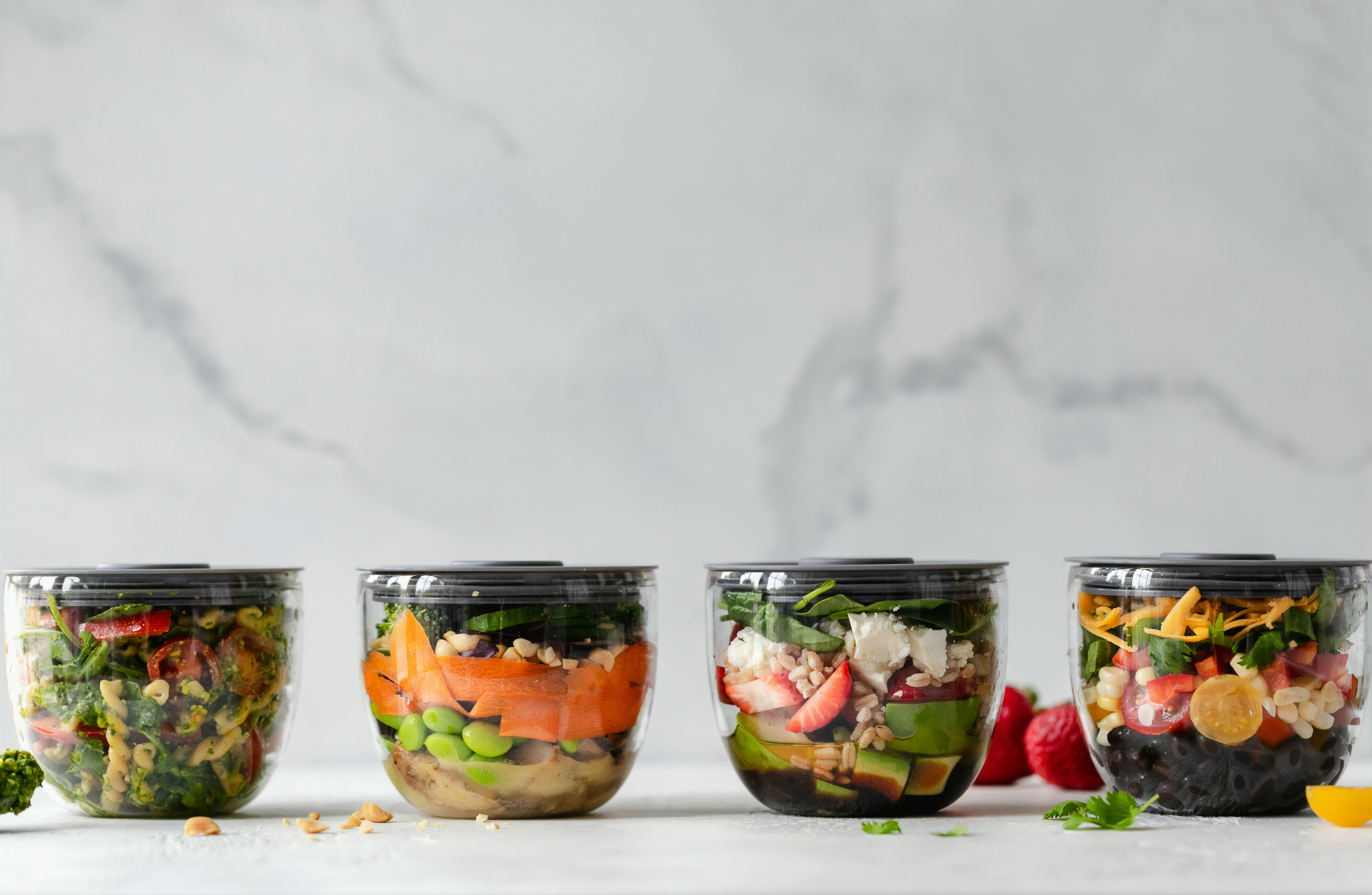
Best Meal Planning Strategies For Hectic Weekdays
Many people find themselves rushing through breakfast or scrambling to put dinner on the table after a long day. Streamlining meal routines can bring calm to the household, letting everyone enjoy tasty and nourishing food together. This guide walks you through easy ways to organize weekly menus, prep ingredients ahead of time, and shop with intention. You’ll discover how to make flavorful meals in less time, all while staying within your budget. With real-life examples and helpful kitchen tools, preparing weeknight dishes becomes less stressful and much more enjoyable for everyone around the table.
Creating a plan with simple recipes keeps stress low. You learn how to balance fresh ingredients, pantry staples, and quick-cook proteins so dinners look colorful and taste great. Setting aside a little prep time allows you to slide meals into the oven or onto the stovetop with minimal effort. Those evenings will feel more relaxed and enjoyable.
Create Your Weekly Menu
Choose five dinners that everyone enjoys. List recipes that share similar ingredients—such as two meals with bell peppers or chicken breast—to buy less and reuse items. Write down all ingredients on one sheet to avoid extra trips to the grocery store.
Pick nights when you have more time. Place casseroles or slow-simmer stews on evenings when you have an extra 20 minutes. Keep quick stir-fries and sheet-pan meals for your busier days. Mark nights when leftovers can serve as lunch the next day. This simple plan helps prevent last-minute takeout cravings.
Batch Cooking and Preparation Techniques
1. Choose a prep day that fits your schedule. Sunday afternoons or Wednesday evenings work well. Clear your counter and lay out glass containers for storage.
2. Chop all your vegetables at once—onions, garlic, peppers, carrots. Store each in labeled containers. You save ten minutes per meal by not having to wash the board or find the knife each night.
3. Cook large portions of grains like rice, quinoa, or farro. Divide them into individual servings suitable for your family. Reheat in the microwave or on the stovetop for an instant side dish.
4. Season and roast a batch of chicken thighs or bake fish fillets all at once. Keep them in airtight boxes. This protein base mixes into tacos, salads, pasta, and wraps without extra marinating time.
Wise Shopping Tips
Create a digital shopping list using apps like AnyList or simple notes on your phone. Group items by aisle: produce, dairy, pantry, and frozen. Knowing exactly where to go saves valuable minutes wandering the store.
Buy vegetables that last five days, such as bell peppers, broccoli, and carrots. Stock up on shelf-stable items like canned beans, diced tomatoes, and pasta. Keep a frozen bag of peas or spinach to boost nutrition when fresh greens run out.
Check weekly grocery store flyers for discounts on proteins you buy regularly. If chicken breasts go on sale, freeze extras in meal-sized packages. Label packages with cooking instructions and date so you use older items first.
Healthy and Fast Recipes
Sheet-Pan Chicken and Veggies: Toss bite-sized chicken, broccoli florets, sliced bell peppers, and quartered red potatoes with olive oil, salt, pepper, and a sprinkle of paprika. Roast at 425°F for 25 minutes. Divide into containers for dinner and lunch.
One-Pot Lemon Garlic Shrimp Pasta: Cook whole-wheat spaghetti in broth. When nearly tender, add shrimp, minced garlic, lemon zest, and baby spinach. Stir until shrimp turn pink and spinach wilts. Serve with grated Parmesan.
Mason Jar Greek Salad Bowls: Layer chopped romaine, cherry tomatoes, cucumber, red onion, chickpeas, and cubed feta in pint jars. Keep dressing in a small container. Shake and pour just before eating for a crisp, portable lunch.
Useful Kitchen Gadgets for Saving Time
An *Instant Pot* cooks rice, grains, and one-pot meals in one device. You can layer ingredients and set a timer, freeing up your hands for homework, calls, or quick workouts.
A sharp chef’s knife and sturdy cutting board speed up chopping. When vegetables slice cleanly, you finish prep in half the time. Store knives safely in a block or magnetic strip for quick access.
A food processor quickly turns onions, carrots, or peppers into uniform pieces. It also purées beans for spreads or dips. Keeping one on your counter reduces prep time and encourages trying new recipes.
Schedule and Keep Track of Meal Prep
Print a weekly calendar and put it on your fridge. Write down each dinner plan and highlight your prep day. Check off tasks—like “chop vegetables” or “cook grains”—as you complete them. This routine makes planning a satisfying daily habit.
Use a small notebook or app to log which meals work well and which need adjustments. Try changing seasonings, adding a side salad, or testing different proteins. Tracking helps you refine recipes so everyone looks forward to dinner.
Ask family members for meal ideas. When kids or partners suggest dinner options, they feel involved and excited to help clear the table or set out drinks. This teamwork makes cooking a shared activity.
It takes a couple of weeks to turn meal prep into a habit. Soon, you will open the fridge and know exactly where ingredients are. You’ll slice, stir, and serve without second-guessing. Cooking on weeknights will become a smooth routine rather than a chore.
Following these steps helps you enjoy peaceful evenings with homemade, nourishing meals. Planning, preparing, and shopping wisely make cooking a simple, enjoyable activity.